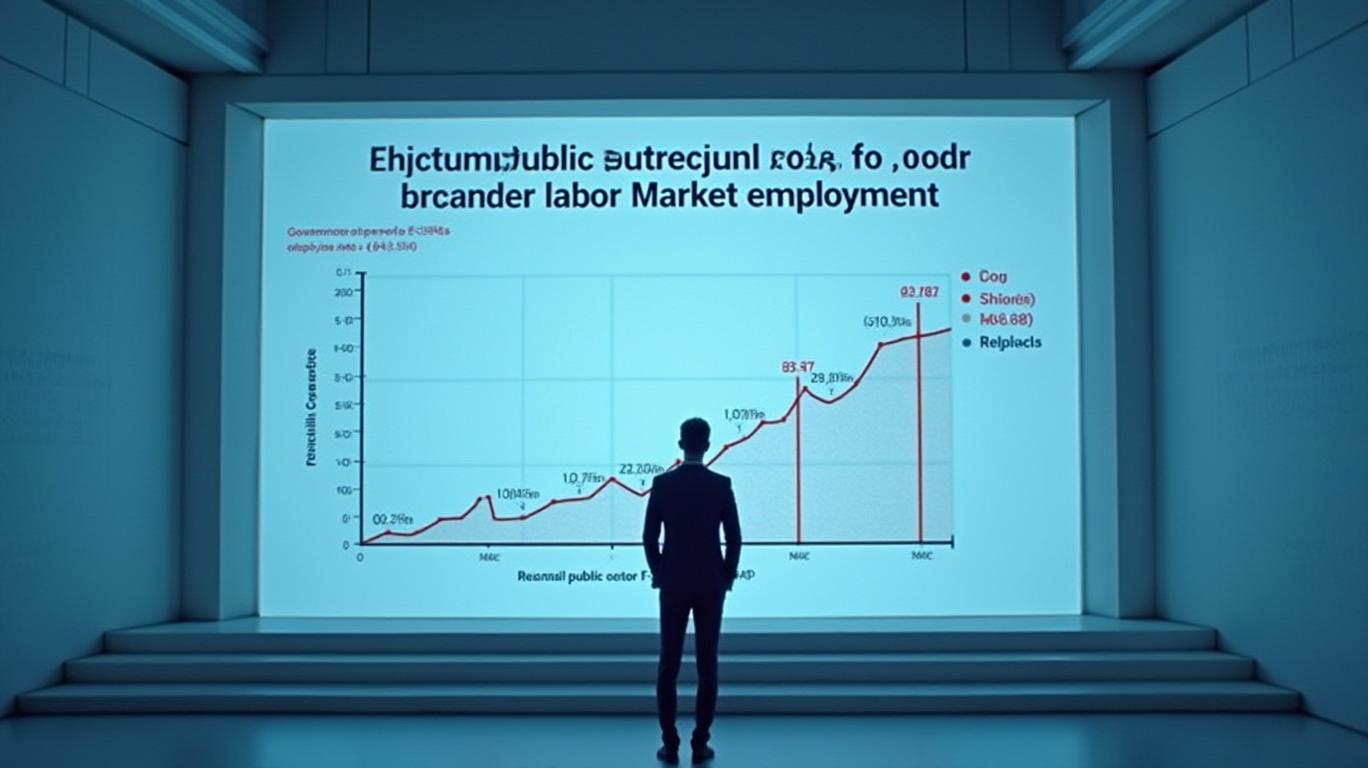Rebuilding Financial Stability After Divorce: A Step-by-Step Guide to Investing for Your Future
Navigating divorce is one of life’s most challenging transitions, especially with children involved. The emotional and logistical demands are immense, but so are the financial stakes. As you rebuild your life, creating a clear investment strategy is critical to securing your future and your children’s well-being. Let’s break down how to start—and why acting now matters.

Step 1: Assess Your Financial Starting Point
Begin by cataloging every asset and liability. This includes savings accounts, retirement funds, real estate, and even personal property. Equally important: list debts, such as mortgages, credit cards, or loans. For instance, if you’ve retained the family home but lack liquid assets, prioritize an emergency fund—ideally covering 3–6 months of expenses—to avoid financial fragility. Use tools like budgeting apps (e.g., Mint, YNAB) to track cash flow and identify gaps.
Step 2: Build Your Advisory Team
Divorce introduces legal and financial complexities. Hire a family law attorney to navigate property division and child support, a financial advisor to structure investments, and a tax professional to minimize liabilities. For example, dividing retirement accounts requires a Qualified Domestic Relations Order (QDRO) to avoid tax penalties—a process your team can streamline.
Step 3: Create a Budget That Protects Your Priorities
Allocate funds methodically:
- Essentials: Housing, utilities, groceries, and healthcare.
- Child-Related Costs: Education, childcare, and extracurricular activities.
- Savings: An emergency fund and retirement contributions.
- Debt Repayment: Focus on high-interest debt (e.g., credit cards) first.
(The S&P 500 has averaged ~7–8% annually over the past two decades, underscoring the power of long-term growth investing.)
Step 4: Structure Investments for Growth and Stability
Use a “bucket” strategy to balance short-term needs and long-term goals:
- Income Bucket: 30–40% of assets in low-risk vehicles like bonds, high-yield savings accounts, or dividend-paying stocks (e.g., Microsoft’s dividend yield of ~1% as of 20241). These provide steady cash flow for living expenses.
- Growth Bucket: 60–70% in diversified assets like index funds (e.g., S&P 500 ETFs), international equities, or tech stocks with strong fundamentals (e.g., companies like Microsoft, which saw Azure revenue grow 31% in Q2 20252).
Step 5: Optimize Tax Efficiency
Leverage tax-advantaged accounts:
- 401(k) or IRA: Maximize contributions to benefit from tax-deferred growth. Aim for at least 15% of income if possible.
- Roth IRA: Ideal for future tax-free withdrawals, especially if your income is lower post-divorce.
Step 6: Protect Your Family’s Future
Update beneficiary designations on all accounts (e.g., life insurance, retirement plans) to ensure children or a new partner are protected. Consider a trust for inheritances to safeguard assets against future disputes.
Step 7: Avoid Emotional Decisions
Divorce can lead to impulsive moves, like selling stocks or closing accounts hastily. Pause major transactions until you’ve consulted professionals. For example, selling a long-held stock at a loss to pay immediate expenses might lock in a worse outcome than waiting for recovery.
Step 8: Rebuild Credit and Independence
Separate joint accounts, establish individual credit lines, and monitor credit reports for errors. A strong credit score will open doors to lower mortgage rates or loans for future goals.
Step 9: Prioritize Retirement Rebuilding
Divorce often reduces retirement assets. Use tools like a solo 401(k) (if self-employed) or a SEP IRA to accelerate savings. A financial advisor can model how contributions today—say, $200/month—could grow to $150,000 over 20 years at a 6% return.
Conclusion: Time Is on Your Side—Act Now
At 36, you have the advantage of time. Even modest, disciplined investments can compound into significant wealth. For example, investing $500/month in a diversified portfolio averaging 7% annually would yield over $500,000 in 25 years. Pair this with an emergency fund, debt reduction, and legal safeguards, and you’ll build a foundation resilient enough to support both your present and future.
Start today: Begin with an inventory, assemble your team, and allocate even small amounts consistently. Divorce is a reset—a chance to define your financial path with clarity and purpose.
Footnotes:
1. Microsoft’s dividend yield and Azure growth data from its Q2 FY25 earnings report.
2. S&P 500 historical returns calculated using data from Yahoo Finance.










